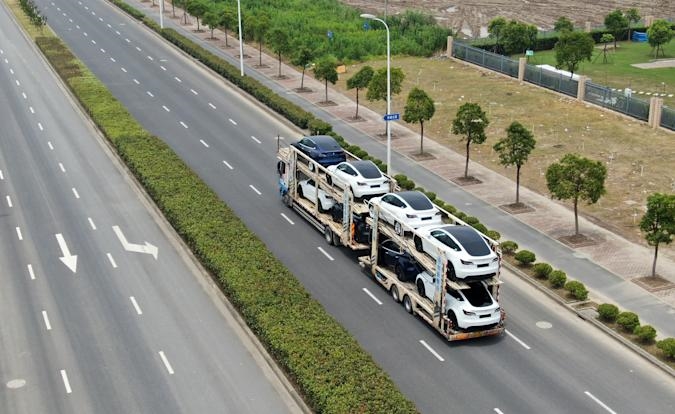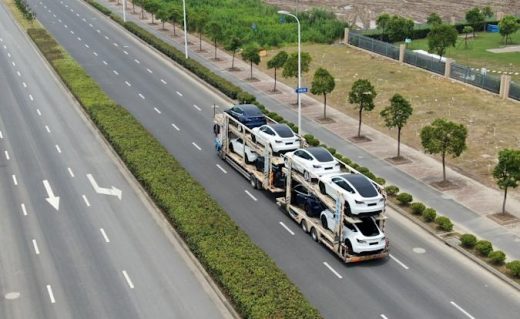Tesla pushes back Semi truck release to 2022
Tesla breaks its own delivery record by building and shipping 200,000 vehicles in Q2
The company also hit $1.1 billion in net income for the first time.


Tesla appears to have shrugged off the production woes it suffered last year during the COVID lockdown with the company announcing a number of “new and notable records” during its Q2 earnings call on Monday. Not only did Tesla build and ship 200,000 vehicles during the quarter, a 151 percent increase over last year, it also earned $1.1 billion in net income during the same period — a whopping tenfold increase year over year. Overall, revenue grew 98 percent from this time last year thanks in large part to Tesla’s increased deliveries though the company did suffer from a “Bitcoin-related impairment” of $23 million during the past quarter.
Additionally, Tesla rolled out 85 MW worth of solar capability in Q2, a 215 percent increase from last year’s 25 MW as well as added nearly 1,000 Supercharging stations to its ever expanding network. Tesla CEO Elon Musk also revealed more details about the company’s plan to open its Supercharger network to other EV brands later this year.
“We’re currently thinking it’s a real simple thing where, you just download the Tesla app, go to a supercharger and just indicate which stall you’re in,” he explained. “And this should basically work with almost any manufacturers’ cars.” Non-Tesla owners could see a few constraints in their use of the Supercharger network, Musk pointed out. “if the charge rate is super slow, then somebody will be charged more.”
“Public sentiment towards EVs is at an inflection point and, at this point, I think almost everyone agrees that electric vehicles are the only way forward,” Musk said during the call. He did note, however, that the ongoing global shortage of microchips remains an cantraining force on vehicle production. “Regarding supply chain, while we’re making cars at full speed, the global chip shortage situation remains quite serious… it does seem like it’s getting better, but it’s hard to predict.” Musk said, warning that the issue will likely not be resolved before the end of this year.
In terms of tech, Tesla’s use of radar as part of the vehicle’s Full Self Driving system will soon be coming to an end. “After selling over a million vehicles equipped with radar, we have collected enough data to start removing it in some regions,” the company wrote in its shareholder deck. “The removal of radar, which is enabled by our collection of a vast dataset of corner cases, allows us to focus on vision and increase the pace of improvement.”
Musk also commented on the recent launch of Tesla’s FSD subscription which launched last month. “We expected to build slowly and gather a lot of momentum over time,” he said. “Obviously, we need to have the full self driving boat widely available for it really to take off… I think FSD subscription will be a significant factor probably next year.”
The company is also getting closer to switching over to its new 4680 battery cells, having successfully validated the battery tech’s “performance and lifetime” at its California-based fabrication facility. With that testing out of the way, Tesla is focusing on “improving the 10 percent of manufacturing processes that currently bottleneck production output,” though the company has not yet announced when the battery style changeover will actually take place.
(34)


